Estimated reading time: 10 minutes
How to Verify a Chinese Supplier’s Legitimacy? Many of our clients who come to us seeking advice on buying products from China have asked us this question.
Verifying a supplier’s legitimacy is not just about checking their business license, as some suppliers use cunning methods to deceive buyers, I don’t mean that as a compliment. They always have one trick or another to deceive you.
Therefore, this article aims to guide you on how to go about the validation of Chinese suppliers correctly.
It’s a great place to start.
Sourcing and Verification of Suppliers Expertise
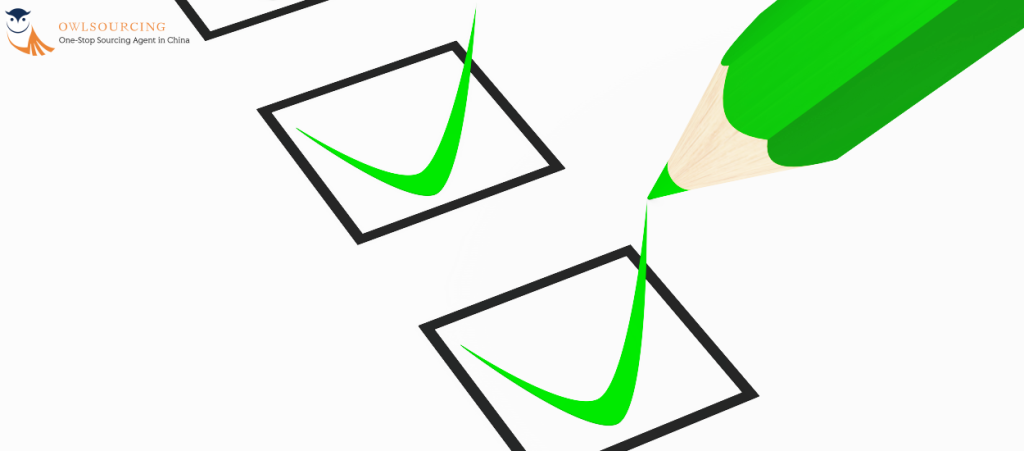
Owlsourcing has been the trusted partner of businesses worldwide to source their products from China for the last decade. Our supplier verification, quality inspection, and logistics management by the expert team in our firm ensure authentic, qualitative products for the client.
Deep insight into the Chinese business landscape and a commitment to ethical sourcing practices are necessary for us to empower our business with the right ability and tools to make decisions.
This article draws upon vast experience and reliable industry practices to help verify if your Chinese supplier is authentic.
To ensure accuracy and relevance, we refer to credible sources, including the NECIPS of the People’s Republic of China, and align our recommendations with industry best practices and government guidelines.
Why Verifying Suppliers Is Essential?
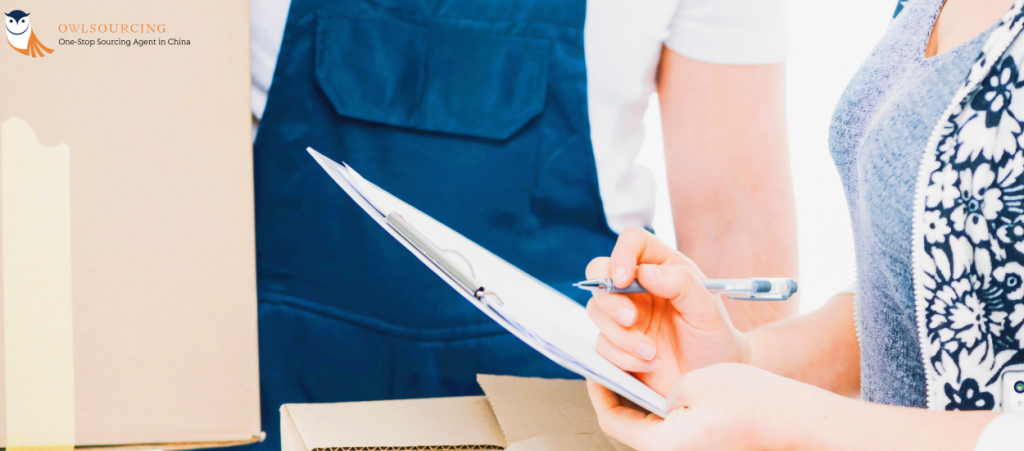
Verification of Chinese suppliers is necessary because, as stated before, there are many cases of scams and irregularities present within the market.
Not having proper due diligence carried out may result in one facing common problems such as fake products, low-quality goods, or even concealed operational inefficiencies.
But, if you place importance on verifying Chinese suppliers’ legitimacy, you might be able to avoid the following potential problems:
- Avoid encountering fake companies. These companies often falsely claim to be professional suppliers, but they might not have a single product! Their only aim is your money!
- You won’t be charged extra fees due to a lack of understanding of the company.
- Promoting Ethical Sourcing, Partnering with suppliers that meet ethical and environmental compliance standards will help protect your brand’s integrity.
- Eliminate suppliers in financial trouble. When a company is on the brink of collapse, Do you believe such a supplier would still be capable of delivering high-quality products?
Tip: Please remember, sometimes necessary work is unavoidable.
Verify a Chinese Company/Chinese Manufacturer
For secure business dealings with China, verification of a company’s legitimacy is an important factor. One of the major tools to verify company information against official government records is NECIPS—National Enterprise Credit Information Publicity System.
Key Steps for Verification of a Chinese Company:
- Registration and Licensing: Check the company’s registration number and business licenses through NECIPS.
- Reputation and Background: Investigate its standing in the industry, who owns it, and its history.
- Physical Address and References: Confirm the company has a legitimate address where it is based, and ask for references from previous customers.
How to Authenticate a Chinese Manufacturer
- Business license and registration
- Quality control certifications
- Import/export licensing
- Reviews of their reputation
- Factory audit will present an overall view of how the factory operates and if it complies with set standards.
How to Verify a Chinese Supplier’s Legitimacy?
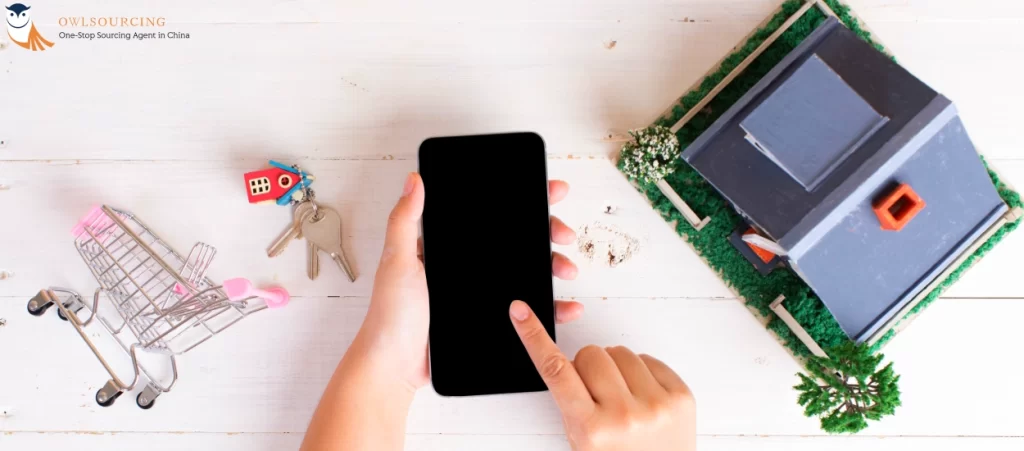
When you verify the legitimacy of a potential Chinese supplier, you typically consider two things:
- Can this supplier produce the product you need?
- Is this supplier legitimate and reputable, not a company on the brink of collapse or a fraudulent one? (I think this should be the most important aspect).
But please don’t worry, because we have listed 8 methods to verify the legitimacy of these Chinese suppliers, and how to check products coming from China.
| Method | Benefits | Drawbacks |
|---|---|---|
| 1. Use Search Engines and China Supplier Directories | Comprehensive access to information about suppliers, including feedback and operational history. | Time-consuming; credibility of information may vary depending on sources. |
| 2. Researching the Supplier’s Background | Offers insights into the supplier’s experience and establishment timeline. | Whois provides domain registration dates, which may differ from the actual company age. |
| 3. Make a Phone Call | Direct communication allows verification of registration details. | Mobile numbers may be unreliable; scammers can easily acquire multiple numbers. |
| 4. On-Site Visits and Factory Inspections | Provides first-hand insight into operations and product quality. | Impractical for all potential suppliers; requires travel and associated costs. |
| 5. Requesting Documentation | Access to official business licenses ensures government registration and compliance. | Some suppliers may withhold this information, raising red flags. |
| 6. Request Samples | Enables quality assessment and checks the supplier’s attitude toward their products. | Sample procurement may incur costs; reluctance to provide samples could indicate issues. |
| 7. Collaborating with Third-Party Inspection Services | Saves time; professionals handle verification, quality checks, and timelines. | Additional costs: selecting a reliable service provider is crucial. |
| 8. Legal Agreements and Contracts | Helps ensure product quality and adherence to agreed specifications. | Contracts may not always be honored; extensive experience is needed to manage this method. |
Method 1: Use Search Engines and China Supplier Directories
As the leading search engine, Google can be used to search for these suppliers’ names. You can find all the information about the supplier, including both positive and negative aspects.
In the face of global data, you can learn everything about it!
When exploring Chinese wholesale websites, ensure you review all their policies, such as returns and damages, and verify their contact information and physical location.
Conduct internet searches combining the company name with terms like “scam” or “dishonesty” to uncover any negative experiences shared online by other distributors or retailers.
Check the supplier’s profiles on various B2B directories like Alibaba and Global Sources. Assess their credibility by reviewing feedback, asking for references, and considering their operational history, ideally choosing those with at least 2-3 years in the market.
Also, leverage verification services provided by B2B marketplaces, like Alibaba’s, to ease the trust-building process.
Such services often include key information about suppliers, such as operational history, staff details, and trade show participation, which can indicate a supplier’s commitment and reputation in the industry.
Method 2: Researching the Supplier’s Background
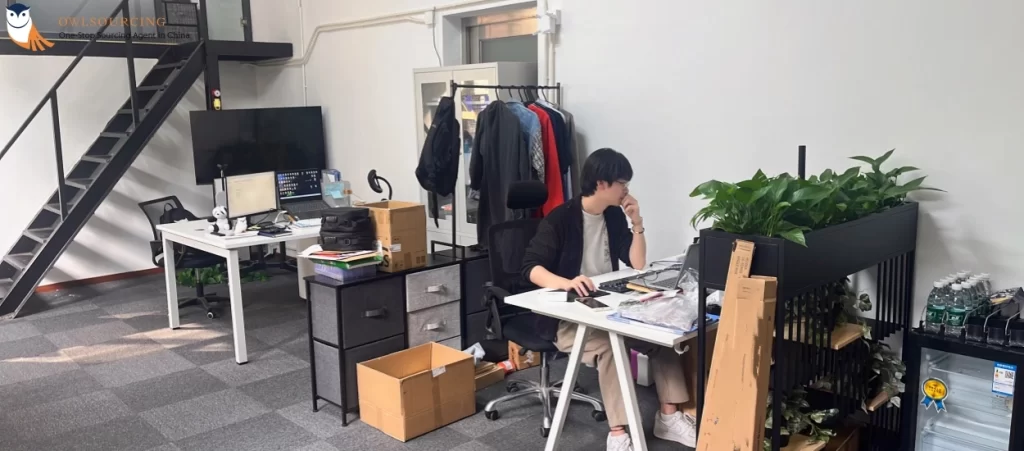
Before discussing this method, I want to ask: Do you pay attention to how long the supplier’s company has been established?
More experienced suppliers often bring a greater sense of security. You might try to find the answer you need on Whois.
Note: However, this method only provides the registration time of the company’s domain, which may differ from the actual establishment time of the company. The search results should be used for reference only.
Method 3: Make a phone call to verify the Chinese Supplier

To minimize the risk of being exposed by law enforcement, scammers often avoid using genuine online registration details. They might give false business addresses and contact numbers or encourage communication solely through mobile phones.
You should contact the Chinese supplier’s landline and request their company registration and business license numbers. Be cautious if they only provide a mobile number.
In China, acquiring multiple mobile numbers is easy and unrestricted, making them a common tool for scammers, who prefer them over traceable landlines.
Method 4: On-site visits and Factory Inspections
Visiting a Chinese supplier in person is the most effective way to verify them. Direct interactions allow you to discuss products, pricing, quality inspection, and delivery timelines face-to-face.
However, it’s impractical to visit every potential supplier. Therefore, before deciding to buy a plane ticket, it is advised to first consider the other methods mentioned in this article.
Method 5: Requesting Documentation

Requesting a business license from Chinese suppliers is an essential step. Chinese suppliers must register with the Chinese government and obtain a unique registration number.
If your supplier cannot provide this information, consider reducing your communication with them. This is because they might pose a risk to your business.
What is a Chinese Business License?
The Chinese Business License is a document legalized by the government of China, It is the permit that every business needs to have in the country. They also act as a legal entity, which means they must obey the Chinese laws, and this is provided by this license.
A Chinese business license contains the following information:
- Unified Social Credit Code(This is an 18-digit unique code that acts as the national identification for the company.)
- Company Name
- Type of Company
- Legal Representative
- Date of Establishment
- Official Stamp or Seal
How to verify suppliers with Unified Social Credit Code?
Do you know the current popular TikTok? In China, it’s known as ‘Douyin’. We will use ‘Douyin’ as an example to demonstrate. Of course, we have learned in advance that its Unified Social Credit Code is 91110105MA005AEF36.
1. Step 1: Visit the website of the China National Enterprise Credit Information Publicity System (NECIPS)
2. Step 2: Enter the 18-digit Unified Social Credit Code

3. Step 3: Get search results

4. Step 4: Check whether the supplier has been subject to administrative penalties

Pros and Cons of this method:
| Pros | Cons |
| The information on this website is sourced from the Chinese government, ensuring its authenticity and accuracy. | Requires prior knowledge of the supplier’s name or Unified Social Credit Code. |
| Utilizing this website is completely free. | The website is not in English, making it more suitable for Chinese speakers. |
| Information on the website is displayed and easy to search. | The website has anti-bot verification, making it difficult to use tools to bypass the verification process. |
Method 6: Request Samples from Chinese Suppliers
Request product samples from Chinese suppliers. This allows you to check the quality of the products and also reflects the suppliers’ attitude towards their products.
However, you should be aware that most suppliers are reluctant to provide product samples. Therefore, be prepared to allocate funds for buying product samples from China.
You should know that this method can give you peace of mind regarding the quality of the products.
Furthermore, if you’re required to cover the cost for initial sample charges, make sure to transfer the funds to the company bank account of your potential supplier.
A supplier’s inability to provide such banking details is often a sign that they may not be genuinely interested in a business relationship.
Method 7: Collaborating with Third-Party Inspection Services
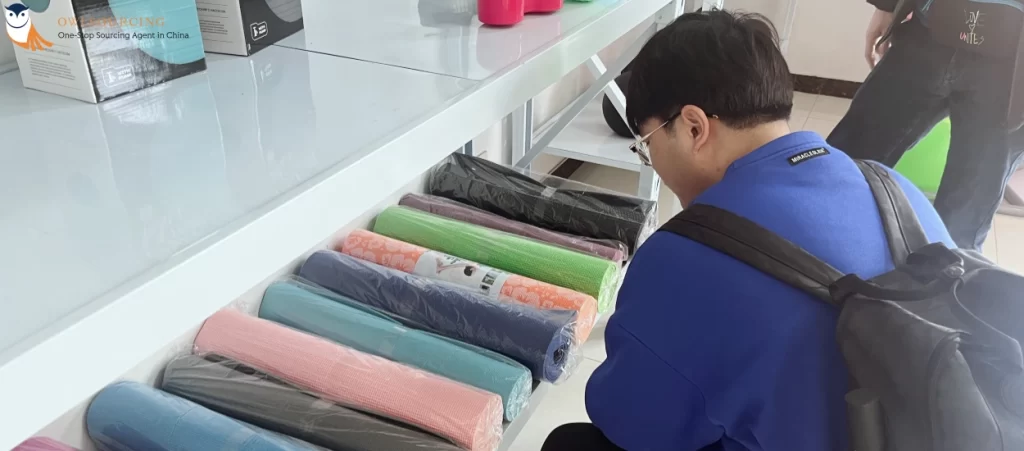
You might be busy with business and not have ample time to verify these Chinese suppliers. In such cases, you can consider method 7, such as choosing Owlsourcing—a sourcing agent.
Our Services: We provide services to verify supplier legitimacy and product quality inspections. If you are interested in sourcing products from China, you can also contact us.

We will verify suitable Chinese suppliers based on your requirements, and Owlsourcing’s professional team will perform quality checks and track production timelines at the supplier’s factories, saving you time and money. Collaborating with Owlsourcing is a wise decision.
Method 8: Legal Agreements and Contracts
Although this method may seem hard to guarantee, it is one of the options you can try. Sign comprehensive legal agreements and contracts with these Chinese suppliers.
However, before doing so, you need to negotiate various product details with these suppliers, including quantity, specifications, and delivery dates.
Signing contracts with these suppliers can, to some extent, ensure that your products meet the expectations agreed upon.
But, in our long-term experience, many suppliers still do not abide by contracts and agreements. As I mentioned at the beginning of the article, these Chinese suppliers can be very ‘smart’.
This situation requires extensive experience to discern, and choosing a China sourcing agent can also be a good option.
Red Flags to Watch Out For

In addition, we present a list of warning signs that should be observed to avoid being misled when evaluating Chinese suppliers. You may need to be cautious in the following situations:
A) Be careful if the supplier renders you merely his/ her/mobile number without having a fixed line, for this is often suspicious.
It is so easy to purchase mobile phone numbers in China, and this, most often, is the reason why scammers prefer going for mobile numbers instead of landlines.
B) Be wary of suppliers who are reluctant to accept secure payment methods or insist on untraceable wire transfers. Legitimate suppliers usually accept various forms of payment, including PayPal, TT, Western Union, and MoneyGram.
C) Discrepancies in business licenses, registration documents, or other official papers can indicate potential issues.
Read More:
Final Thoughts
I hope that after reading this article, you will understand how to verify a Chinese supplier’s legitimacy. Among the eight methods introduced, you can choose the one that best suits your business needs.
Of course, if you need assistance or have any questions about this article, feel free to contact us at any time.



2 thoughts on “How to Verify a Chinese Supplier’s Legitimacy?”
Thanks for the useful information!
Thank you BroGa. I’m so happy with your positive feedback! Glad to know you found this information useful.
If you have any questions in the future or need more advice, feel free to leave a message. Wish you all the best!